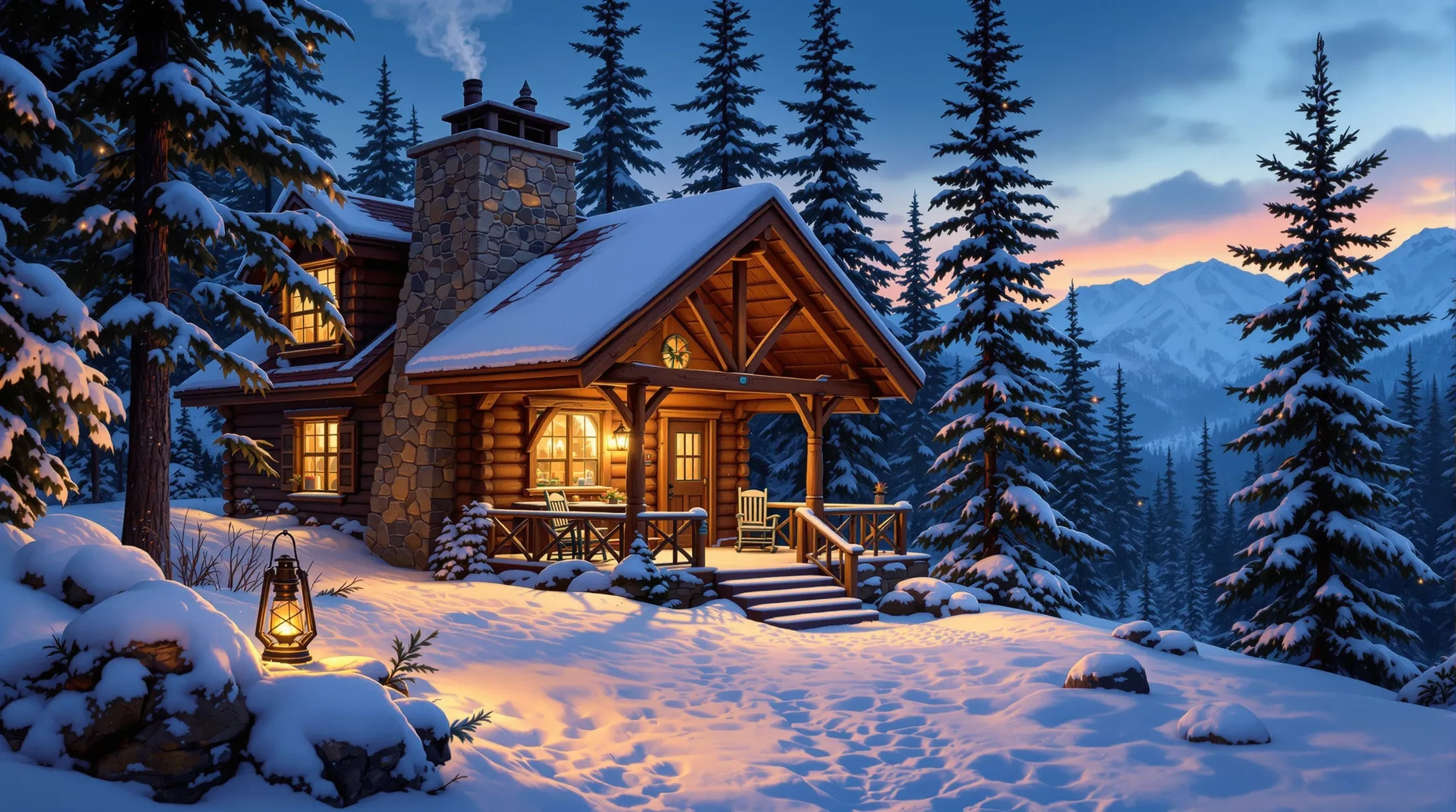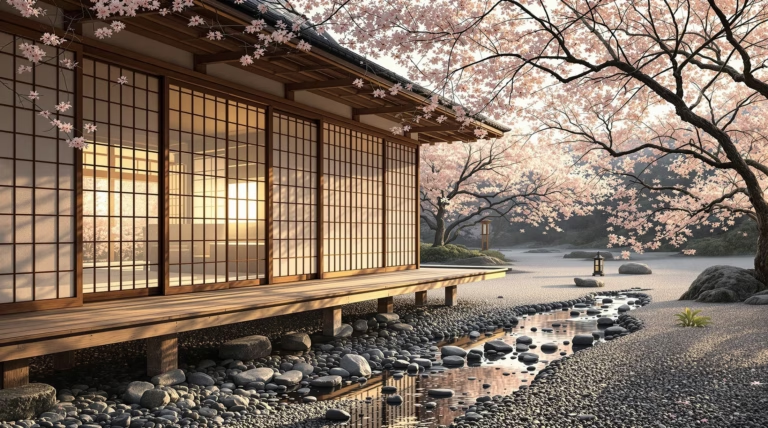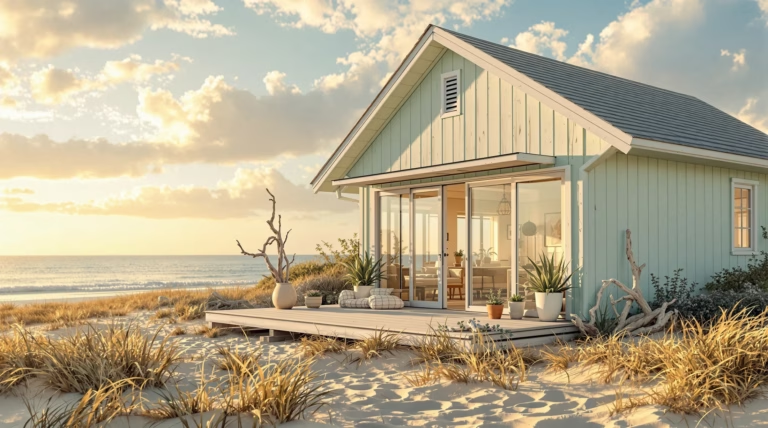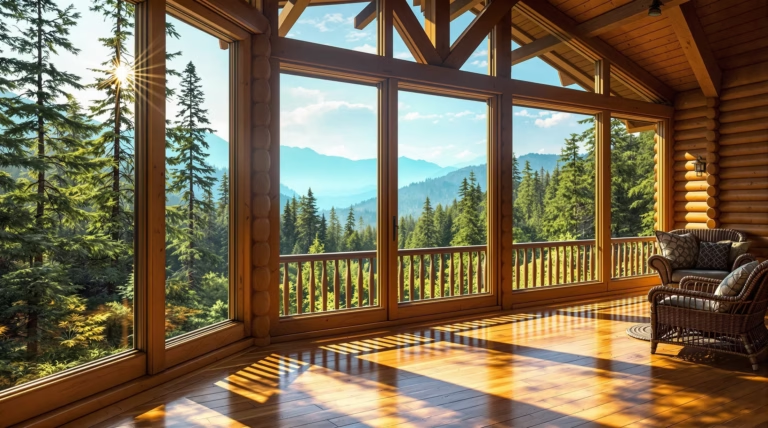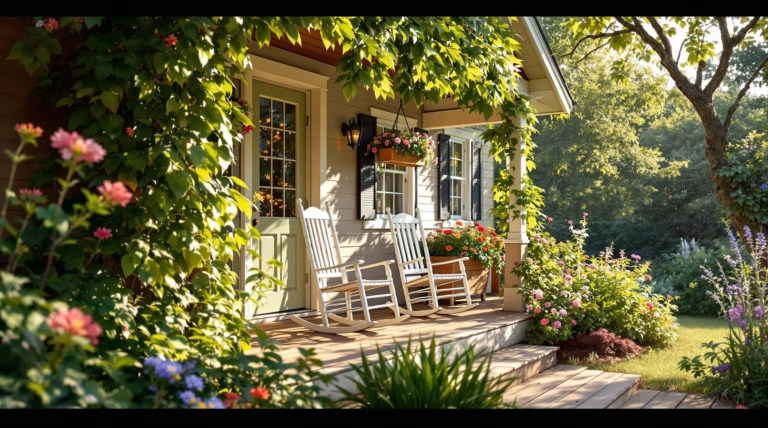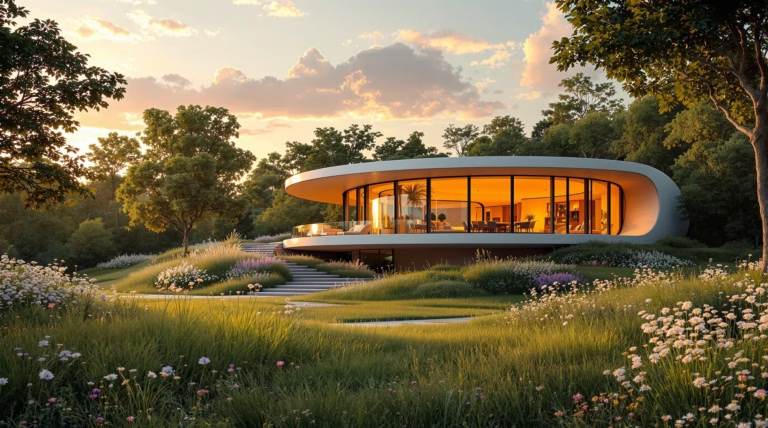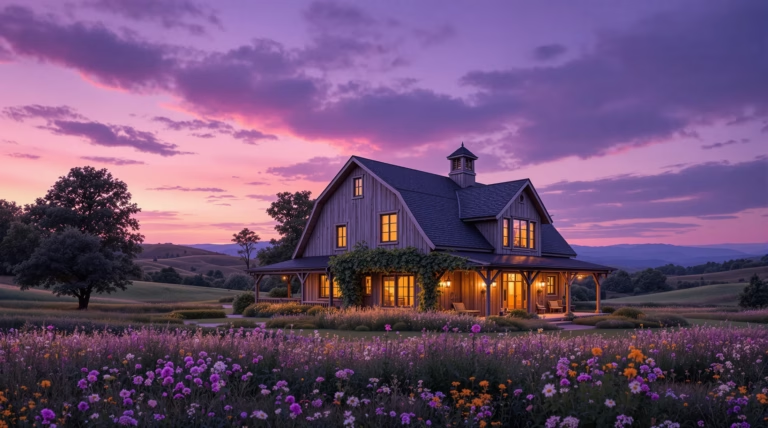Small Mountain Cabin: Your Guide to Cozy Retreats in Nature
Discover the enchanting world of small mountain cabins, where rustic charm meets modern comfort in nature’s most spectacular settings. Whether you’re seeking a weekend escape or contemplating a permanent mountain retreat, these intimate dwellings offer an authentic connection to the wilderness without sacrificing essential amenities.
Nestled among towering pines and rugged peaks, small mountain cabins represent the perfect marriage of rustic charm and practical living. These compact retreats, typically ranging from 400 to 1,200 square feet, maximize space efficiency while providing a comfortable base for exploring nature’s wonders.
The evolution of mountain cabin design reflects a thoughtful blend of traditional craftsmanship and modern convenience, transforming basic shelters into sophisticated spaces that honor their natural surroundings while offering contemporary comforts.
What Defines a Small Mountain Cabin?
A small mountain cabin is characterized by its modest footprint and efficient, open floor plan. Despite their compact size, these structures incorporate remarkable features that maximize living space and comfort.
- Efficient open floor plans with multi-functional spaces
- Wrap-around porches extending living areas outdoors
- Pitched roofs designed for snow management
- Large windows capturing natural light and mountain views
- Natural materials including local timber and stone
The Appeal of Cozy Mountain Retreats
The allure of mountain cabins extends beyond their aesthetic charm, offering tangible benefits for physical and mental well-being. These intimate spaces provide an immediate sense of shelter and warmth, enhanced by thoughtful design elements like crackling fireplaces and exposed wooden beams.
- Reduced stress levels through nature immersion
- Enhanced mood and cognitive function
- Opportunity for genuine disconnection from digital life
- Perfect setting for authentic experiences and connections
- Natural rhythm alignment with mountain surroundings
Design and Features of Small Mountain Cabins
Small mountain cabins masterfully blend traditional craftsmanship with contemporary design elements, creating spaces that feel both timeless and functional. These structures feature thoughtful construction elements that respond to mountain conditions while maintaining comfort and style.
Rustic and Modern Design Elements
Today’s mountain cabins achieve an elegant balance between heritage and modern functionality, incorporating elements that honor traditional architecture while embracing contemporary comfort.
- Exposed timber beams and stone fireplaces
- Energy-efficient windows and modern appliances
- Sustainable building materials and practices
- Strategic color palettes reflecting natural surroundings
- Hand-crafted woodwork and authentic details
Indoor-Outdoor Living Spaces
The seamless integration of indoor and outdoor spaces defines the most successful mountain cabin designs. These transitional areas create additional living space while fostering a deep connection with the natural environment.
- Wrap-around porches and covered decks
- Floor-to-ceiling windows framing mountain views
- Strategically placed skylights for natural illumination
- Multi-functional outdoor gathering spaces
- Visual connections to surrounding landscapes
Exploring Cabin Rentals and Glamping Options
The allure of mountain living doesn’t require a full-time commitment—cabin rentals and glamping experiences offer the perfect opportunity to sample wilderness living without the long-term investment. Today’s rental market spans everything from traditional log cabins tucked into remote mountainsides to luxury glamping accommodations that redefine outdoor living.
Digital platforms have revolutionized the discovery and booking process, connecting travelers to thousands of unique mountain properties. Whether seeking a weekend retreat or an extended mountain sabbatical, options exist for every preference and budget, from simple cabins with basic necessities to high-end glamping experiences featuring designer furnishings and spa-like amenities.
Top Locations for Cabin Rentals
- Smoky Mountains – Tennessee and North Carolina feature concentrated rental markets, from intimate couples’ retreats to multi-family lodges
- Rocky Mountain Corridor – Colorado, Wyoming, and Montana offer dramatic alpine views and world-class outdoor recreation
- Big Bear Lake, California – Distinctive architectural styles amid stunning natural settings
- Olympic Peninsula, Washington – Unique regional character with Pacific Northwest charm
- Adirondack Mountains, New York – Classic mountain retreats with rich historical heritage
Luxury Glamping Experiences
Glamping has transformed outdoor accommodation, introducing luxurious amenities to nature-based stays. Modern facilities include architectural treehouses, transparent stargazing domes, and reimagined traditional structures like yurts, tipis, and converted whiskey barrels.
- Plush bedding and climate control systems
- Gourmet kitchens with modern appliances
- Private bathrooms with luxury fixtures
- Expansive decks and private hot tubs
- Outdoor showers and custom fire pits
- Curated experiences with private nature guides
- Chef-prepared meals using local ingredients
- Wellness activities including outdoor yoga and mountain-view massages
Planning Your Stay in a Small Mountain Cabin
A well-planned cabin stay transforms a simple weekend getaway into an unforgettable mountain experience. Consider your goals—whether seeking solitude for creative work, a romantic retreat, an adventure base camp, or a gathering place for loved ones.
| Planning Aspect | Key Considerations |
|---|---|
| Seasonal Timing | Accessibility, available activities, landscape variations |
| Local Regulations | Fire safety, wildlife interactions, conservation practices |
| Emergency Planning | Proximity to services, cell coverage, medical facilities |
| Amenities | Kitchen facilities, heating/cooling, water pressure |
Choosing the Right Cabin for Your Needs
Finding the perfect cabin requires honest assessment of comfort requirements and accessibility needs. A well-designed 500-square-foot cabin with thoughtful layout can offer more functionality than a poorly organized larger space. Consider practical factors like terrain accessibility, seasonal comfort features, and proximity to essential services.
- Review guest feedback about bed comfort and basic amenities
- Evaluate terrain and vehicle requirements
- Check insulation and climate control capabilities
- Assess kitchen functionality and storage space
- Consider layout efficiency and space utilization
Pet-Friendly and Group Options
For travelers with four-legged companions, finding truly pet-friendly accommodations requires careful consideration beyond basic acceptance policies. The ideal dog-friendly mountain cabins offer several essential features:
- Secure, fenced outdoor areas for safe play
- Durable, scratch-resistant flooring
- Dedicated pet washing stations
- Easy access to walking trails
- Pet amenities (beds, bowls, waste stations)
- Local recommendations for pet-friendly activities
| Group Stay Considerations | Recommended Features |
|---|---|
| Common Areas | Multiple gathering spaces, separate game areas, outdoor social zones |
| Sleeping Arrangements | Mix of bed configurations, suitable for both adults and children |
| Bathroom Facilities | One bathroom per 3-4 guests |
| Kitchen Setup | Multiple work zones, ample storage, group-sized appliances |
Conclusion: Embrace the Tranquility of Nature
The journey to a small mountain cabin transcends mere physical retreat, offering a rare opportunity to reconnect with nature’s profound rhythms. These intimate dwellings, whether nestled in wildflower meadows or perched on forested slopes, provide genuine tranquility increasingly scarce in our digital age.
- Natural immersion through morning light, pine-scented breezes, and wildlife sounds
- Return to essential living and simple pleasures
- Space for both solitary reflection and meaningful connections
- Temporary escape from digital connectivity
- Restorative experiences that resonate beyond the stay
Within their timber walls, priorities naturally shift toward life’s simple pleasures—watching storm clouds gather over distant peaks, sharing stories around a crackling fire, or savoring unstructured time. These natural sanctuaries offer transformative experiences that continue to influence long after returning to everyday life, serving as timeless antidotes to modern stress and providing genuine returns to nature’s embrace.

